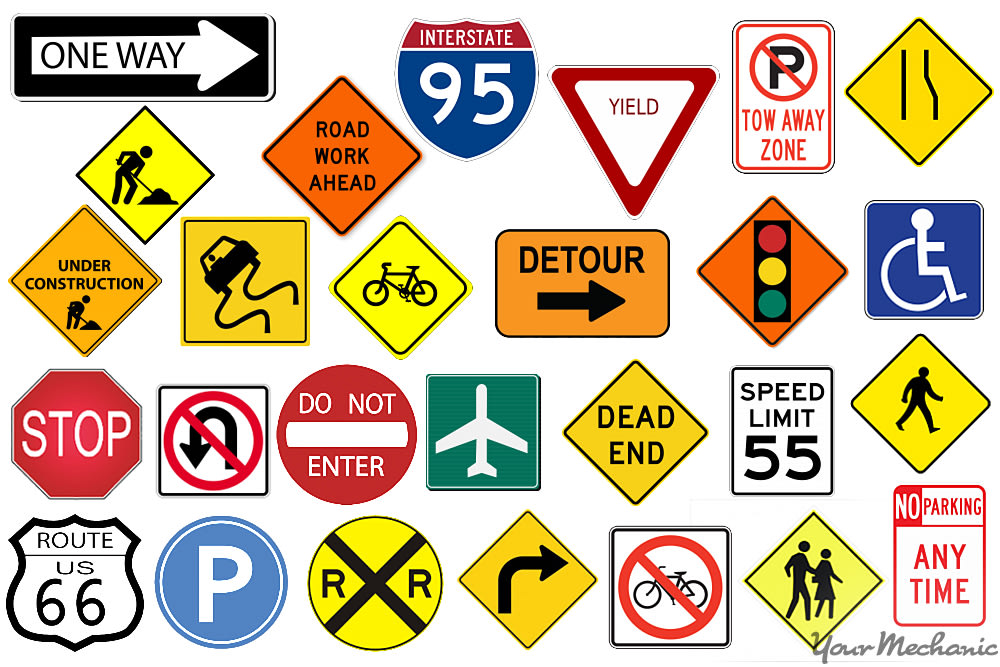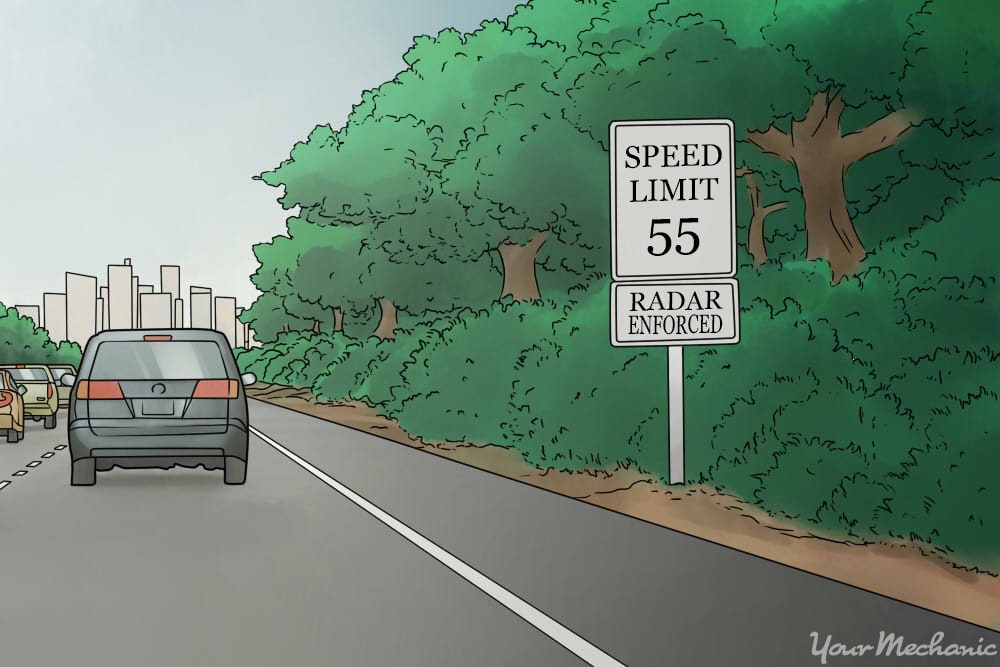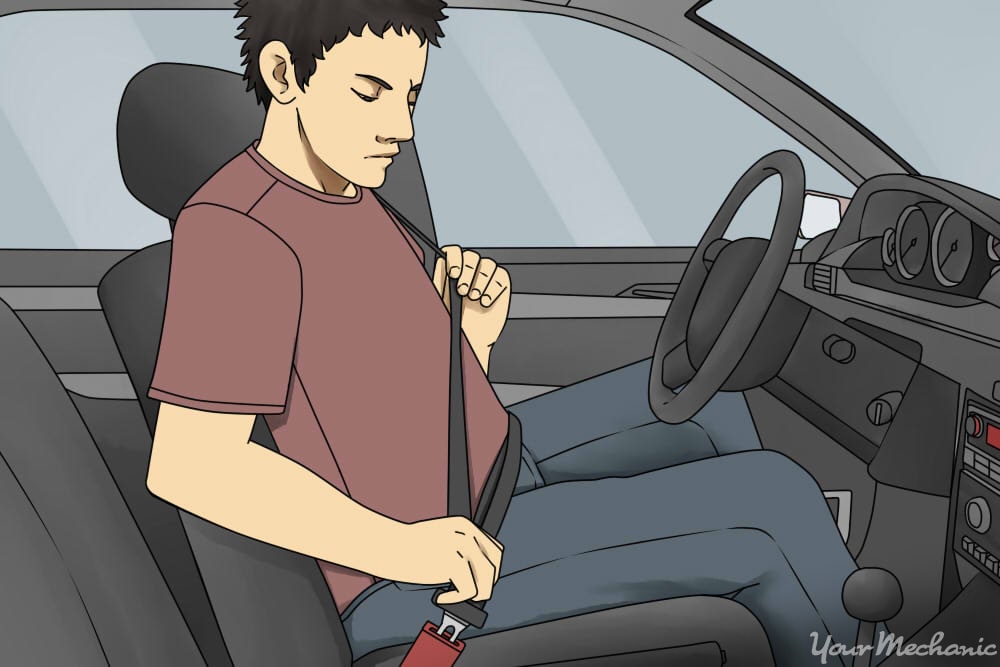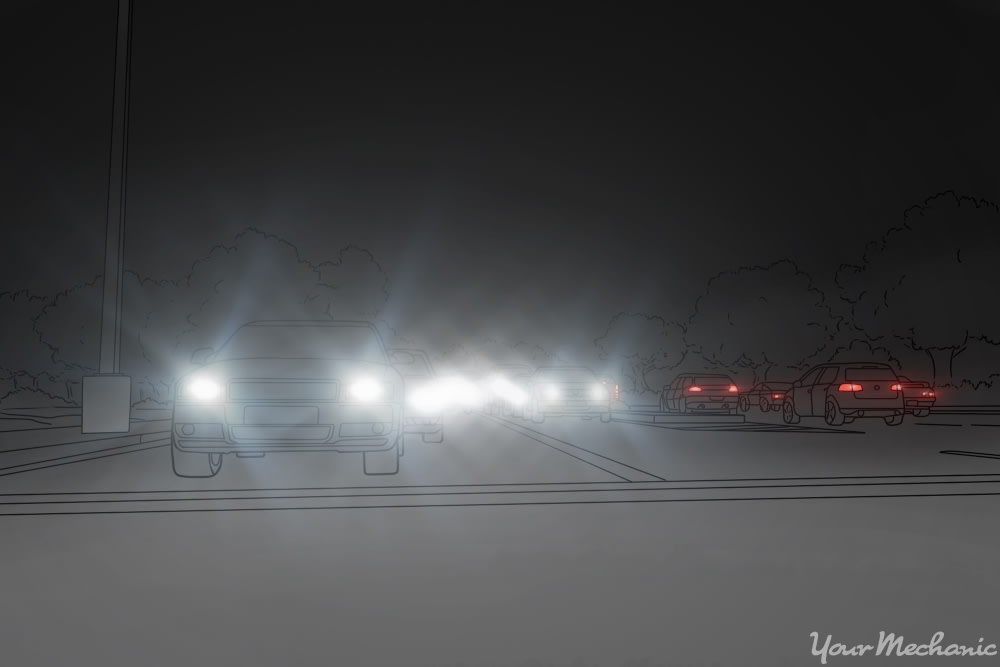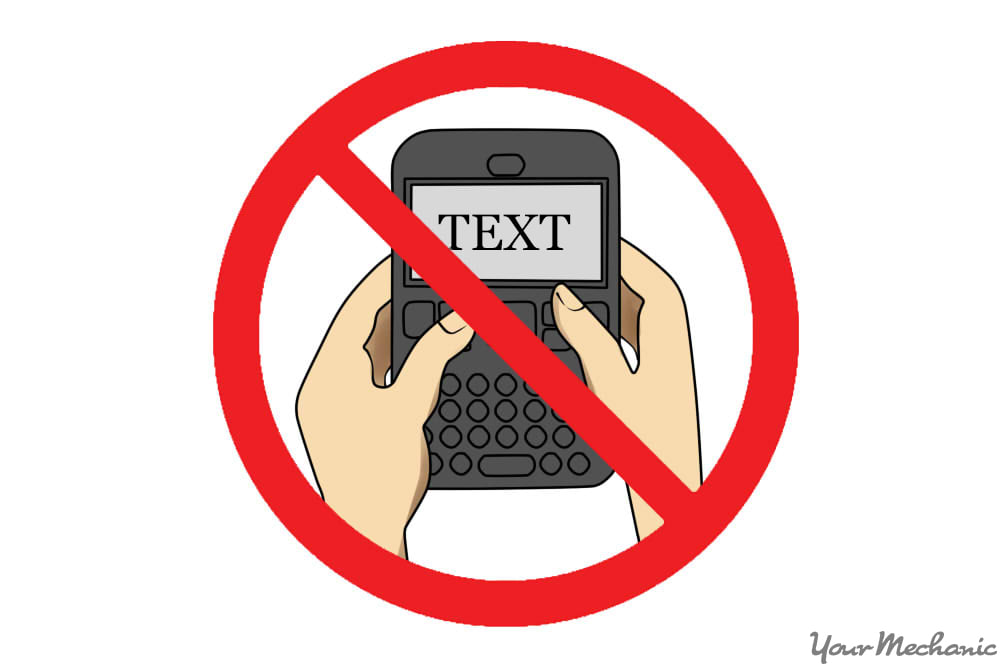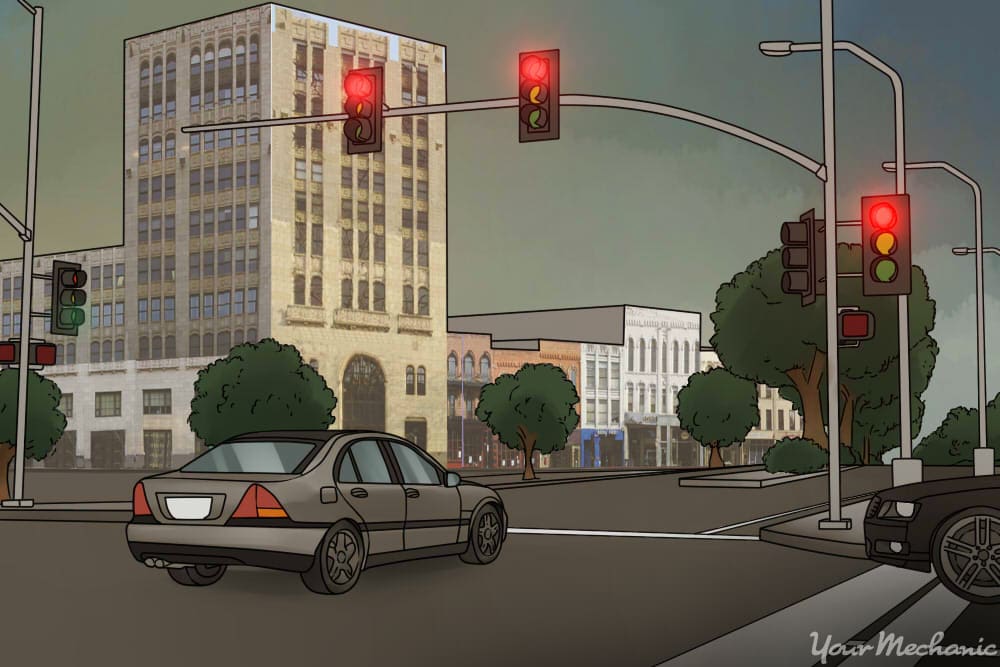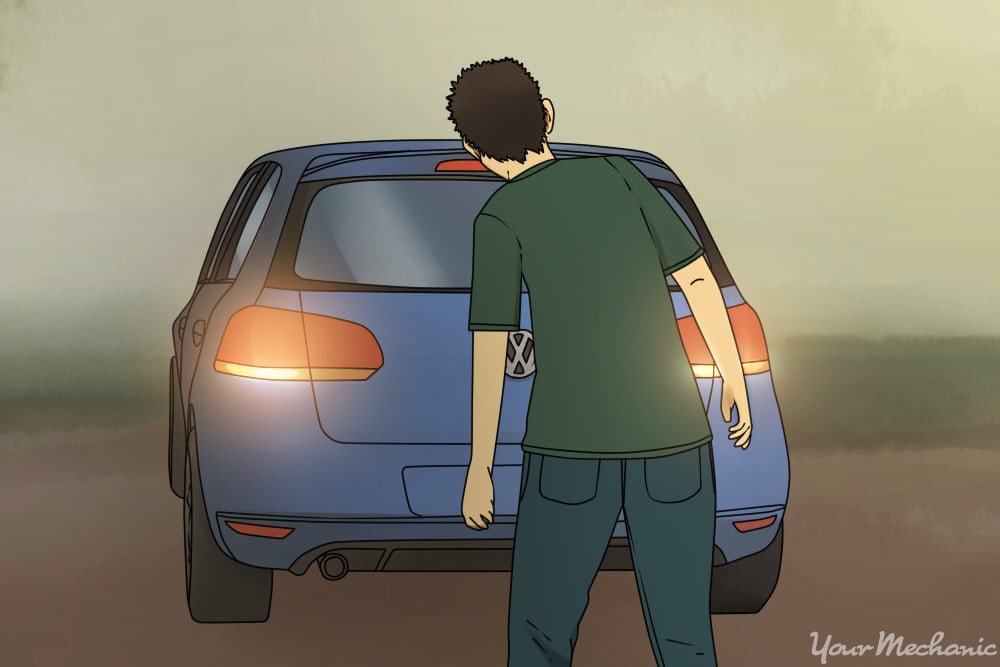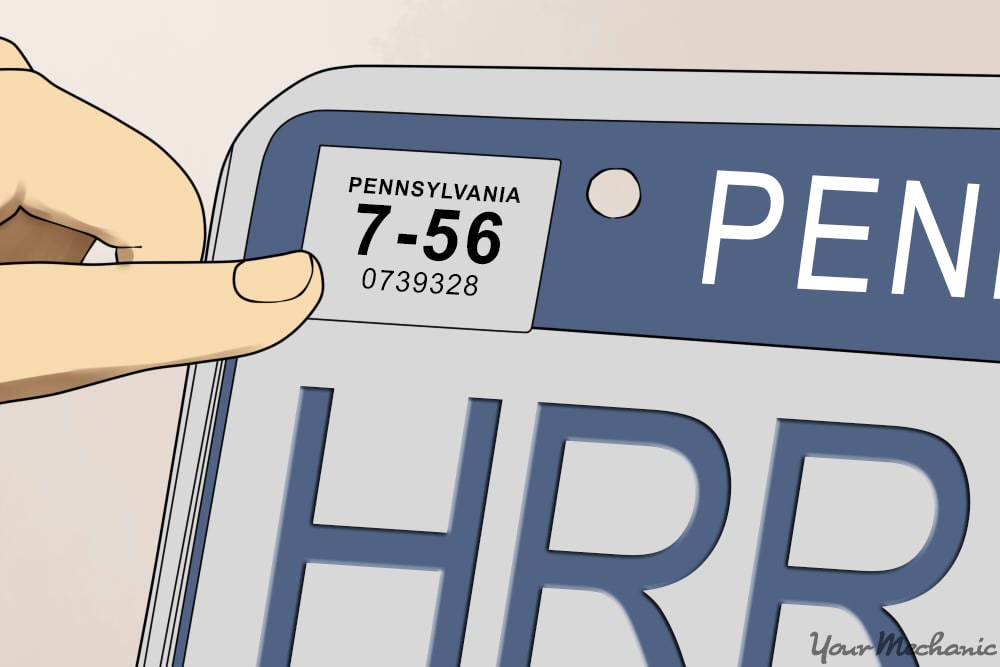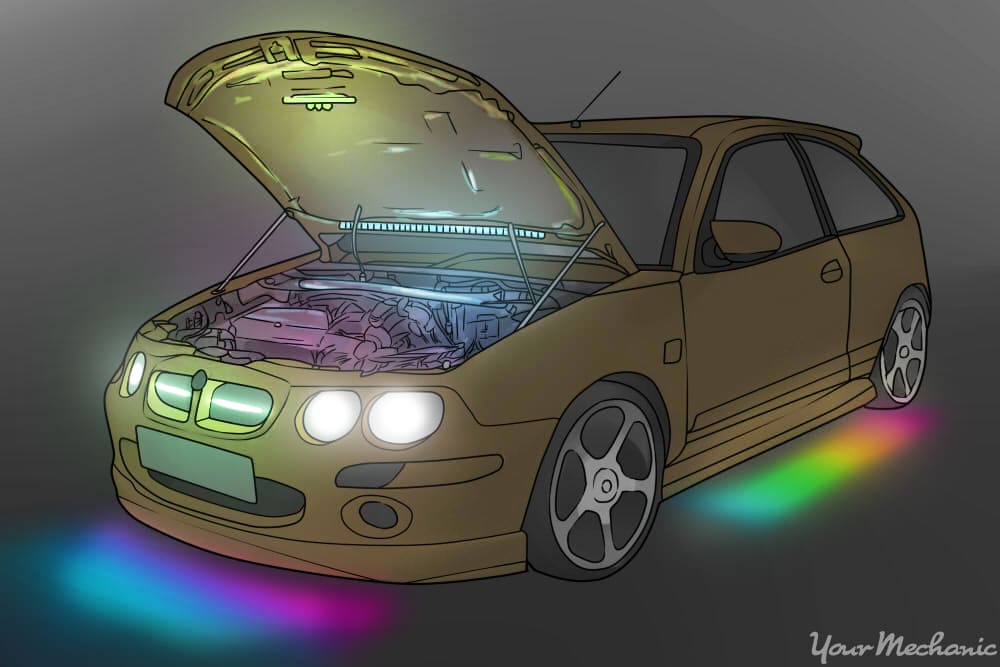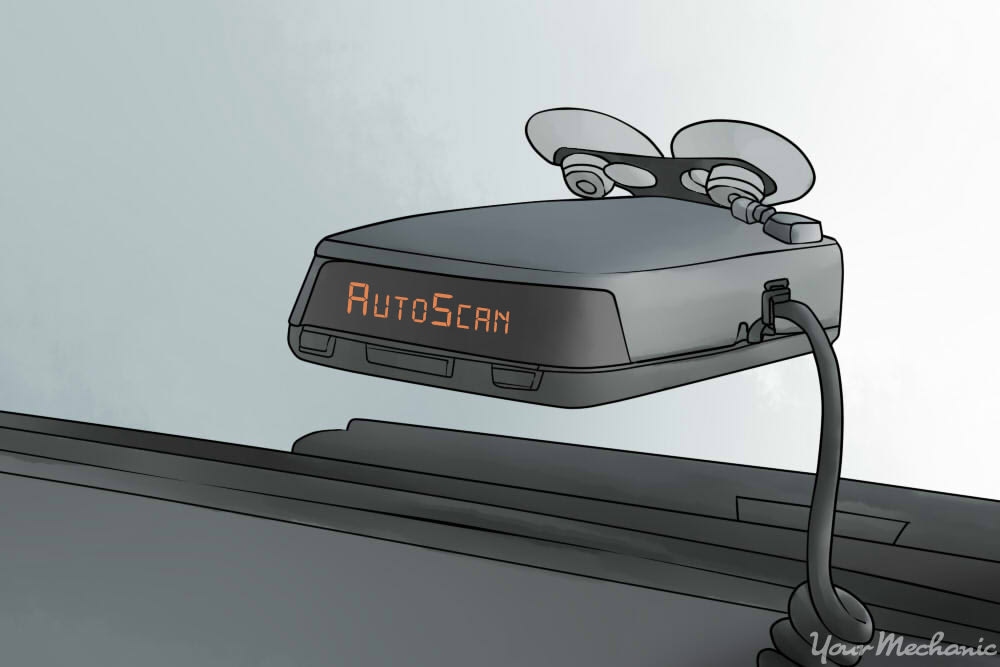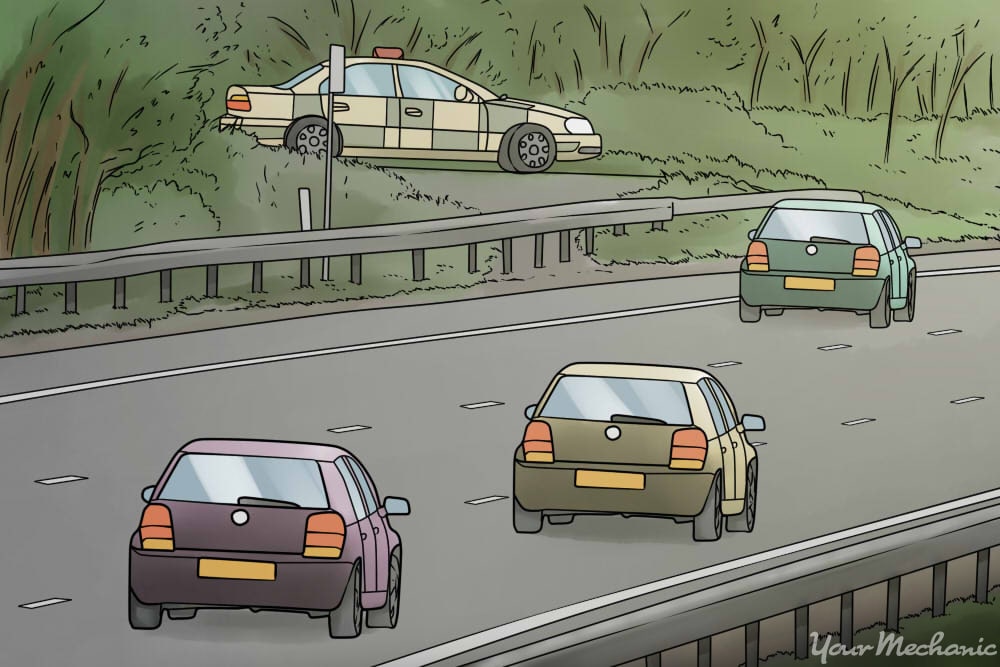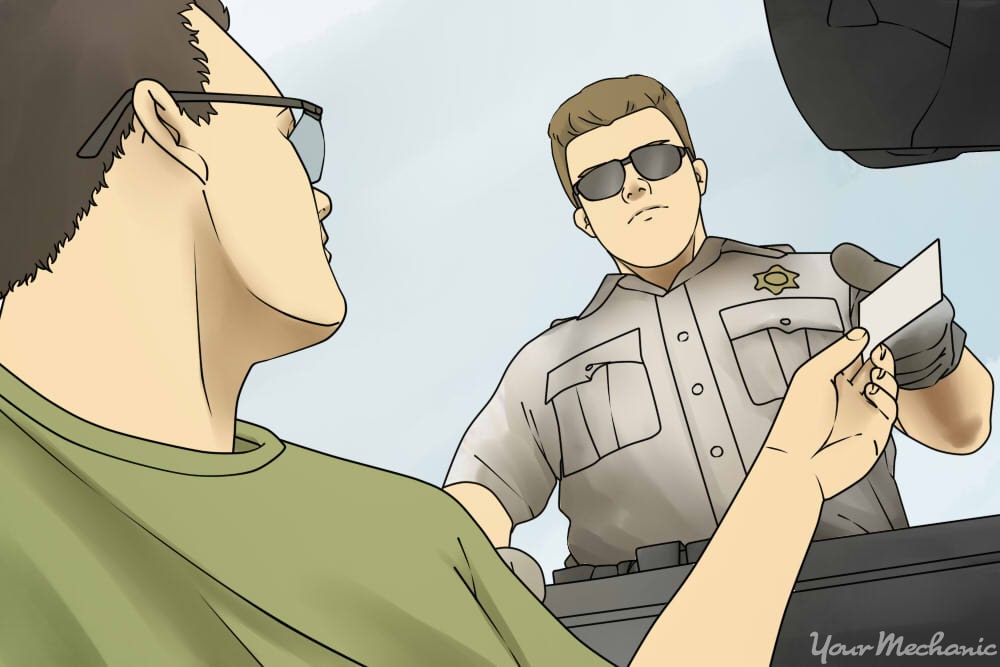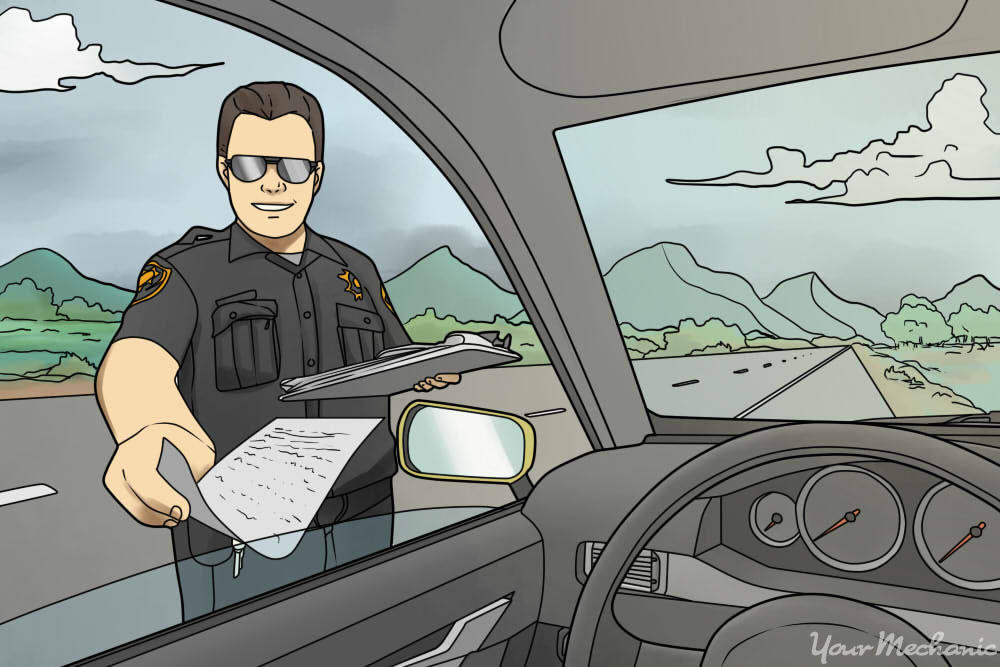

One of the worst parts about driving is getting a ticket. No matter how careful you are, and how law-abiding you are when behind the wheel, you’re likely scared of getting a ticket.
Tickets cost money, quite often a very large amount and are quite a hassle to deal with. The ticket will have to be paid and sometimes tickets can even result in a trip to court or a traffic school.
While most people will get at least one ticket in their life, there are a lot of things that you can do while driving (and even some after getting pulled over), to help reduce your risk of getting a ticket.
Part 1 of 4: Follow the rules of the road
Step 1: Pay attention to signs. One of the most common reasons that people get tickets is because they haven’t paid enough attention to road signs.
While some road signs offer warnings, suggestions, or information, many directly tell drivers what they can or cannot do. Road signs often give specific directions, such a reduced speed limit due to road construction. Some freeways will have signs for areas where you cannot drive in the left lane unless you are trying to pass a slower car.
Keep your eye out for road signs, and always pay attention to them. If you don’t read these signs, you may not heed the instructions and you may end up getting a ticket.
- Warning: Cops often station themselves near road signs with specific directions, as they’re more likely to catch drivers breaking the law in those areas.
Step 2: Obey the speed limit and the flow of traffic. Drive within the speed limit, except while matching the flow of traffic.
On freeways, always follow the flow of traffic. However, don’t drive faster than the flow of traffic when the flow is already exceeding the speed limit.
On highways, always try to drive at the speed limit, or slightly under. Everyone speeds from time to time, but try not to go 5 MPH (or more) over the speed limit.
- Tip: While you want to avoid speeding on highways, don’t be so cautious that you drive dramatically under the speed limit. Driving too far under the limit is dangerous, and can also result in a ticket.
Step 3: Buckle up. Not wearing a seat belt is one of the most common things that lead to a ticket.
Always wear your seat belt and make sure that your passengers do the same. If one of your passengers is not wearing a seat belt, it’s still you who will get the ticket.
When you’re not wearing your seat belt, a cop or highway patrol officer can see the shine from the buckle near your head, making you an easy target.
Step 4: Use your lights. It can be easy to forget to turn on your headlights if you live in a city, where there’s lots of ambient light at night time. However, driving without your headlights on at night is a very easy way to get a ticket.
- Tip: The best way to ensure that you always turn on your lights at night is to get in the habit of turning them on to the automatic setting whenever you drive. If your headlights are not working, get them inspected by a professional before driving your car at night.
Step 5: Don’t text and drive. Never use your phone while driving.
Not only is texting while driving dangerous, but it’s also illegal and carries a very hefty fine.
Cops have an easy time catching drivers who are texting, because the drivers tend to swerve slightly without even realizing it. Put down your phone and you can save both a ticket, and potentially your life.
- Tip: Try to minimize the amount of time you spend fiddling with the radio or navigation system. These things can be distracting when you’re driving, and if an officer feels that you are not driving safely because you are distracted, you can get a ticket.
Step 6: Don’t run red lights. Don’t run red lights and only run yellows when you absolutely have to.
Cops regularly dole out a lot of tickets to people who run red lights, or run a late yellow light.
If you can safely stop before a traffic intersection, do so. You may lose a minute on your commute, but you could save a few hundred dollars in fines.
- Tip: Also be sure to always come to a complete stop at all stop signs.
Part 2 of 4: Maintain your car
Step 1: Check your lights. Check your car often to ensure that all of your vehicle’s lights are operating properly.
If any of your lights are not working, you can get hit with a fairly expensive fix-it ticket.
Once a month, check to make sure that your headlights, fog lights, high beams, brake lights, and turn signals are all working properly.
If any of your lights are not working, have them inspected and repaired by a reputable mechanic, such as the ones at YourMechanic.
Step 2: Have current tags. Make sure your vehicle has current registration tags on it.
If you do not have current registration stickers, do not drive your car.
- Tip: You should also never have an invalid license plate on your vehicle, and never remove your plates.
The main reason that your registration tags are located on your license plate is so that cops and highway patrol officers can easily see if your vehicle is not registered.
As soon as you get new registration tags, apply them to your vehicle’s plates.
Step 3: Don’t have any illegal modifications. Never equip your vehicle with illegal modifications.
While modifications are a fun part of car ownership for a lot of motor enthusiasts, you should never make adjustments to your car that are illegal.
What constitutes as an illegal modification can vary from state to state, but in general you should avoid colored headlights, under-the-car lights, front window or windshield tints, and racing tires.
Part 3 of 4: Common tips and tricks
Step 1: Buy a radar detector. Purchase a portable radar detector for your vehicle. You can find radar detectors online, or at many automotive stores.
- Note: While radar detectors are generally legal, their use is banned in some states. Make sure that it is legal in your state to use one before making any purchases.
Radar detectors are common dashboard items that detect police radars, and alert you when you are nearing a cop. This gives you a few seconds to make sure that you are driving legally before the cop has time to see you or check your speed.
Step 2: Know where the cops are. Be aware of places where cops and highway patrol officers like to hide.
If you start noticing that you often see a cop or highway patrol parked in the same turnout, don’t assume that’s a coincidence. They’re parked there for a reason, likely because they are well-hidden, or near an area of road where people frequently speed.
When driving on long interstates, be aware of the fact that cops often park under underpasses, as it keeps them out of sight for oncoming traffic.
Any stretch of road that is ideal for speeding – such as a downhill or a long stretch of straight, open road – is more likely to have a cop or highway patrol officer hiding in it or right past it.
Step 3: Tail a fast driver. Drive behind someone who’s going faster than you.
If you’re on the freeway and going a little bit over the speed limit or even the flow of traffic, make sure to stay behind someone who’s going a little bit faster than you.
By pacing yourself about 1 MPH slower than this driver, you greatly increase the odds that they will get the ticket, and not you, if a cop or highway patrol spots you on the radar.
- Tip: If the person in front of you slows down, be sure to follow suit, rather than going around them. If they see a cop and hit their brakes, but you don’t, you could end up being the one that gets the ticket.
Part 4 of 4: Work your way out of a ticket
Step 1: Follow the officer’s instructions. If you do find blue and red lights flashing in your rearview mirror, pull over as soon as you safely can.
If you can’t pull over immediately, put your blinker on and slow down, to signal to the officer that you trying to pull over.
Once you have pulled over, stay in your car, with your hands visible, and wait for the officer to appear. Follow all of their initial instructions, as they will ask you a few basic questions and ask for your license and registration information .
Step 2: Be respectful. Be kind and courteous to the officer that is pulling you over. Use “Sir”, “Ma’am”, and “Officer” when responding to the cop or highway patrol person. Never use slang or derogatory terms.
Speak slowly, clearly, calmly, and respectfully. Never act belligerent, rude, or upset. If you have a question, ask it politely, rather than posing it as a demand.
Step 3: Own up to your error. Unless you truly feel that you were incorrectly pulled over, it is best that you own up to your mistake. Own up to your error, apologize for it, and assure the officer that you won’t be making that mistake a second time.
You’ll have more pity in the eyes of a cop or highway patrol officer if you admit that you were speeding (or whatever you got pulled over for), than if you adamantly deny doing something that you both know you did. Once you deny it, you pretty much eliminate any chance of having the ticket dropped.
Step 4: Give your explanation. If you have a reasonable explanation, mention it.
Sometimes there is a legitimate reason for why you were breaking the driving laws. For instance, you may have gotten pulled over for excessive acceleration in a car that you just purchased, and aren’t yet used to. Or maybe you’re getting a fix-it ticket while driving to a mechanic or dealership to have the issue resolved.
If you have a reason for your mistake, mention it to the officer. Try to pose it less as an excuse, and more as an explanation. Tell them your story, while still owning up to the error that got you pulled over.
Cops and highway patrol officers are humans, too, so they may have sympathy if they can relate to whatever caused you to break the law.
If you follow traffic rules and implement the suggestions given in this article, you’ll greatly diminish your chances of getting a costly ticket while driving. You may never feel comfortable when you notice a police vehicle driving behind you on the road, but you can at least know that you’re not likely to be pulled over anytime soon.


